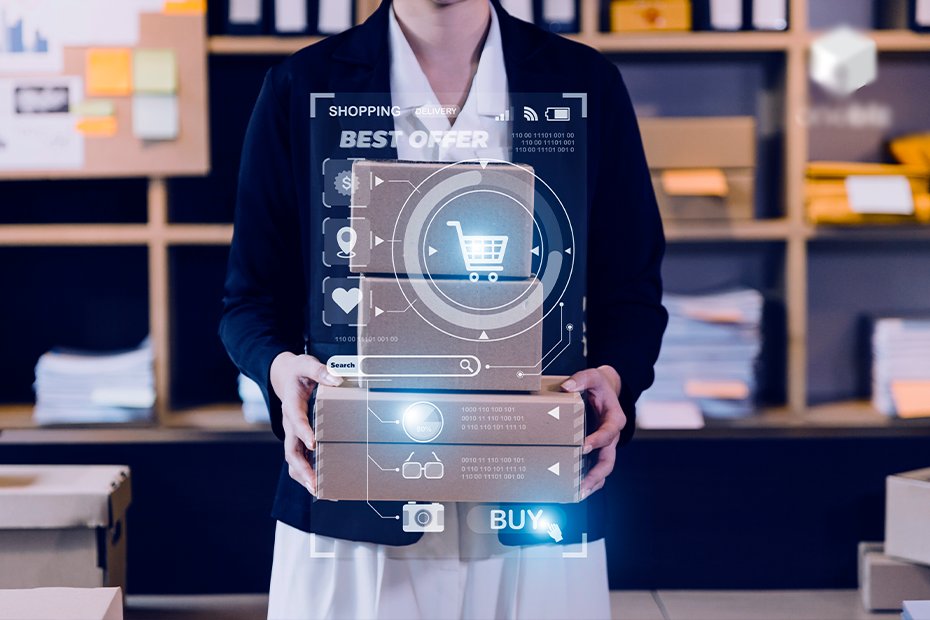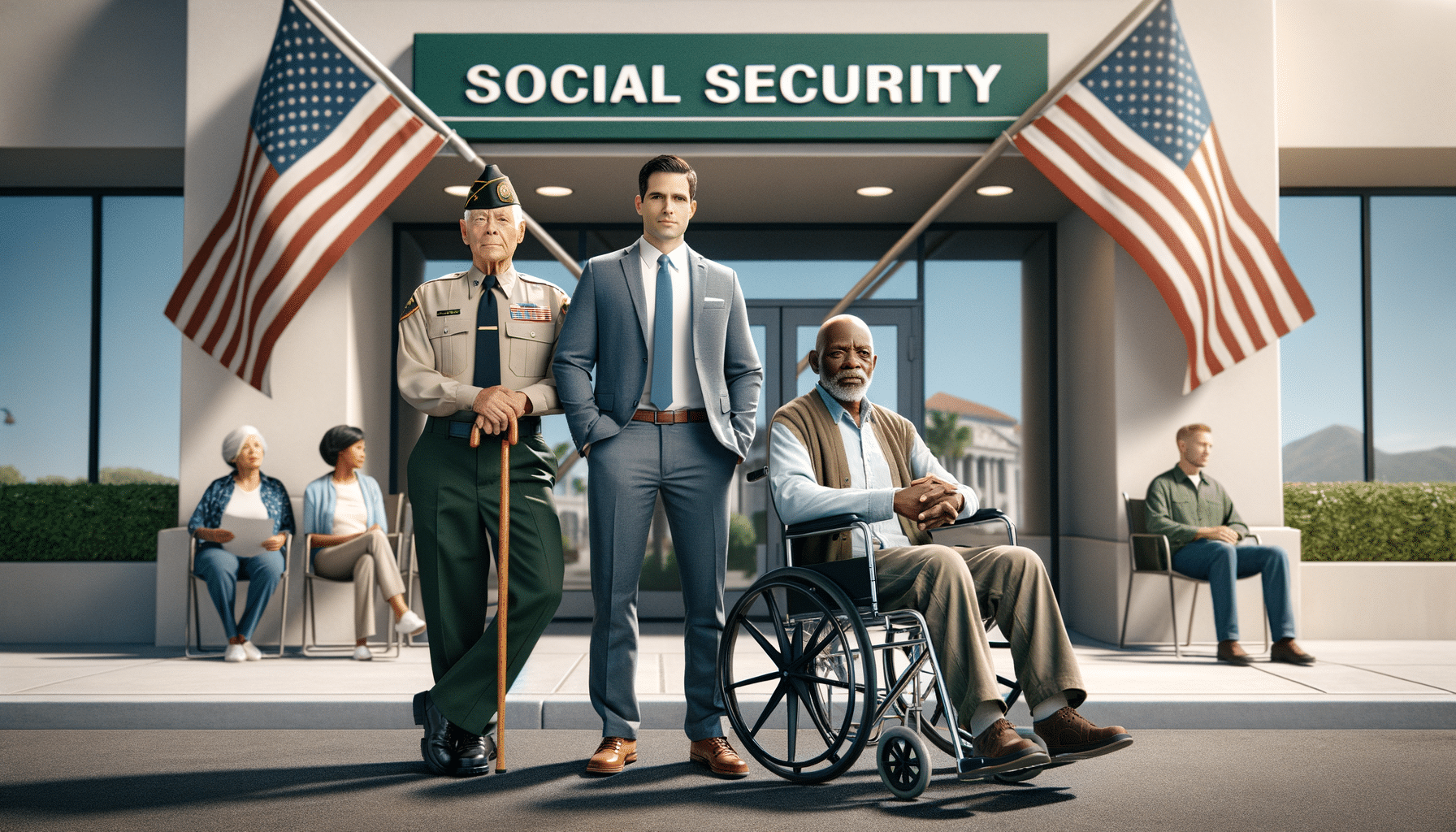
The Psychology of Consumer Buying Behavior
Knowing how consumers think is key for retailers. It helps boost sales and engage customers better. Consumers’ shopping habits are shaped by many factors. These include emotional triggers, social influences, and economic conditions. Businesses that know why customers buy can use these insights. This helps them make better marketing plans, boost retail sales, and grow customer loyalty.
This guide looks at the main psychological principles that shape consumer buying behavior. It covers what factors affect purchasing decisions. Retailers can use these insights to improve the shopping experience.
Key Psychological Principles That Influence Consumer Buying Behavior

- The Principle of Reciprocity
When consumers receive something of value, they feel obligated to return the favor.
- Example: Free samples, discounts, and exclusive content encourage purchases.
- Retail application: Loyalty programs that offer surprise rewards enhance repeat business.
- Social Proof & Peer Influence
People often check what others think before buying. They trust reviews, testimonials, and advice from influencers.
- Example: Amazon’s “Customers Also Bought” suggestions drive additional sales.
- Retail application: User-generated content and real-time purchase notifications can create urgency and trust.
- Scarcity & Urgency
Consumers place a higher value on products perceived as limited in availability.
- Example: “Only 2 left in stock” messages increase the likelihood of immediate purchase.
- Retail application: Flash sales, limited-edition releases, and countdown timers encourage faster decision-making.
- Loss Aversion & Fear of Missing Out (FOMO)
Consumers are more motivated by the fear of losing something than by the potential to gain something.
- Example: “Last chance to buy” messaging creates a sense of urgency.
- Retail application: Limited-time membership deals and VIP exclusives can drive conversions.
- The Power of Emotion in Decision-Making
Most buying choices come from feelings, not just logic.
- Example: Brands that tell compelling stories build stronger emotional connections (e.g., Nike’s “Just Do It” campaign).
- Retail application: Personalized marketing that resonates emotionally improves customer engagement.
Factors That Influence Consumer Buying Decisions

- Psychological Factors
- Motivation: The reason behind a purchase, such as status, convenience, or self-improvement.
- Perception: How consumers interpret marketing messages, product quality, and brand image.
- Learning & Memory: Repeated exposure to a brand influences recall and loyalty.
- Beliefs & Attitudes: Cultural and personal values shape purchasing behavior.
- Social Influences
- Family & Friends: Purchasing habits often reflect those of close relationships.
- Social Media & Influencers: Digital recommendations and endorsements affect buying decisions.
- Cultural Trends: Lifestyle choices and societal values impact consumer preferences.
- Economic Factors
- Price Sensitivity: Consumers balance affordability with perceived value.
- Income & Spending Power: Disposable income determines shopping behaviors.
- Economic Climate: Recessions or financial booms influence spending patterns.
Applying Consumer Psychology to Retail Strategies
- Personalization & AI-Driven Recommendations
- Use AI-driven recommendations to suggest products based on browsing and purchase history.
- Example: Netflix’s personalized recommendations improve retention and engagement.
- Retail application: Dynamic pricing and targeted promotions increase conversion rates.
- Creating a Seamless Shopping Experience
- Reduce friction in the buying journey with one-click checkouts and intuitive navigation.
- Offer multiple payment options, including Buy Now, Pay Later (BNPL) services.
- Omnichannel integration ensures consistency across online and in-store shopping.
- Leveraging Social Proof & Trust Signals
- Feature customer testimonials, ratings, and influencer endorsements on product pages.
- Display trust badges and secure checkout icons to reassure online shoppers.
- Enable peer-to-peer recommendations through referral programs and social media sharing.
- Engaging Customers with Gamification
- Introduce interactive loyalty programs where customers earn points for purchases and engagement.
- Use augmented reality (AR) experiences to enhance in-store and online interactions.
- Encourage participation in exclusive member-only challenges and competitions.
- Optimizing Pricing & Promotions with Psychology
- Implement “charm pricing” (e.g., $9.99 instead of $10) to create the illusion of a lower cost.
- Use bundle pricing to increase perceived value and boost order size.
- Run time-sensitive promotions to trigger urgency and encourage impulse purchases.
The Future of Consumer Buying Behavior in Retail

- AI & Predictive Analytics
- AI will further refine hyper-personalization in marketing campaigns.
- Machine learning models will predict shopping behavior based on past interactions.
- Voice Commerce & Conversational AI
- Smart assistants (Alexa, Google Assistant) will facilitate voice-activated shopping.
- AI chatbots will provide real-time shopping assistance and product recommendations.
- Augmented Reality & Virtual Shopping Experiences
- AR-powered virtual fitting rooms will reduce returns and improve the shopping journey.
- Metaverse-based retail environments will create immersive digital storefronts.
- Ethical & Sustainable Consumerism
- Consumers will prioritize brands that align with sustainability and ethical sourcing.
- Transparency in supply chains will play a bigger role in influencing purchases.
- Neuromarketing & Sensory Marketing
- Retailers will use brain science to understand subconscious consumer triggers.
- Multisensory experiences, such as scent marketing and tactile packaging, will influence buying behavior.
- Scents can spark emotions and memories. This makes products more attractive.
- Visual elements like color psychology in branding can impact customer perception and decision-making.
- Behavioral Economics & Decision Architecture
- Retailers will design shopping environments that subtly guide consumer choices.
- The use of “nudge theory” will encourage beneficial purchasing behaviors without restricting options.
- Small changes in store layout and digital UX can lead to significant shifts in purchasing behavior.
- Techniques like anchoring and decoy pricing will be used to frame choices in a way that increases conversions.
Conclusion
Understanding consumer psychology is key to boosting retail sales and improving customer relationships. Retailers can use insights about why customers buy. This helps them make marketing strategies. These strategies boost engagement, raise conversions, and build loyalty.
The future of retail will change with AI, AR, and personalized data. Businesses must understand and adapt to how consumers buy. Businesses can adapt to new consumer trends and use technology. This way, they create better shopping experiences that lead to lasting success.


